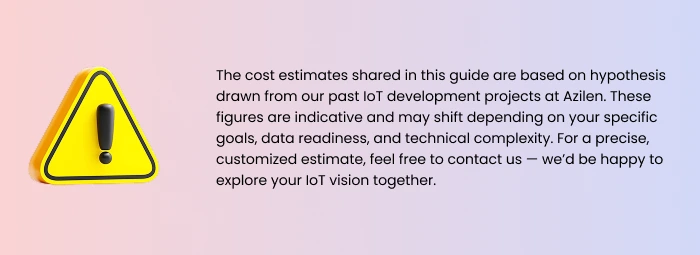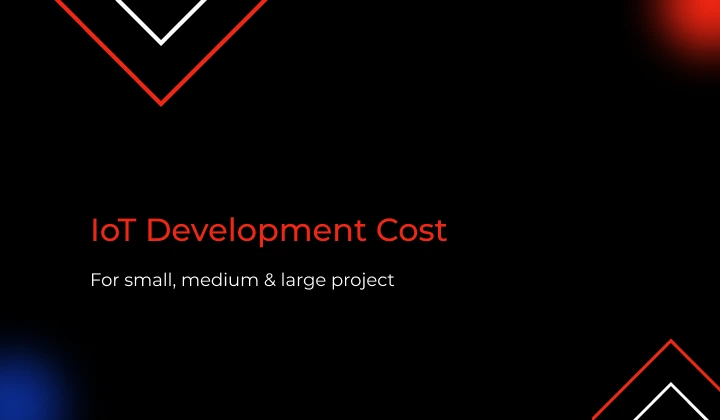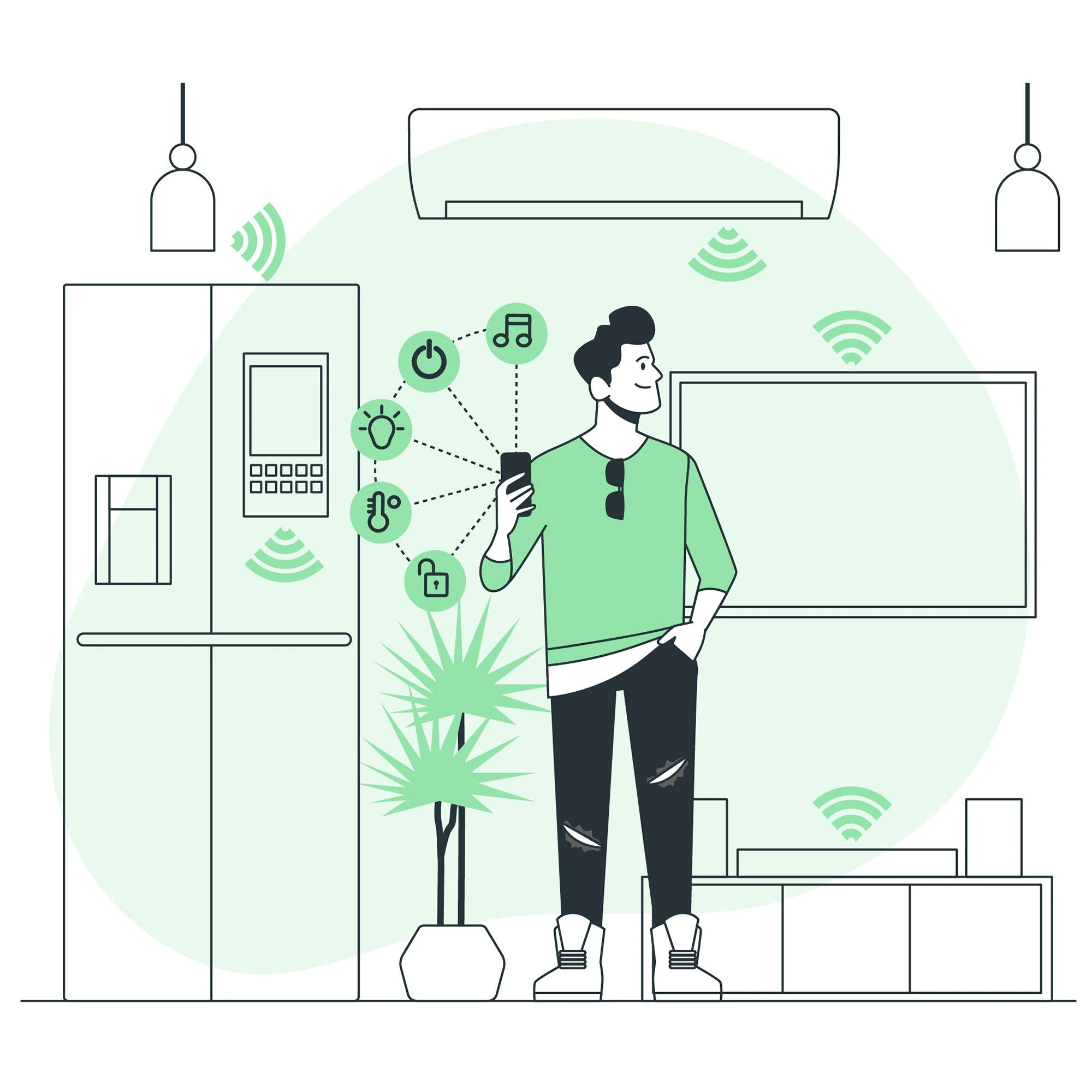You’re considering launching an IoT project, but the numbers can seem overwhelming. How do you decide which features, integrations, and platforms make sense for your budget?
In this guide, you’ll discover:
✔️ How to approach IoT development with clarity and confidence
✔️ Ways to make smart trade-offs between features, hardware, and software
✔️ How to plan projects that scale smoothly while staying cost-conscious
✔️ Tips to avoid costly missteps and surprises during development







 13 mins
13 mins











 Talk to Our
Consultants
Talk to Our
Consultants Chat with
Our Experts
Chat with
Our Experts Write us
an Email
Write us
an Email







